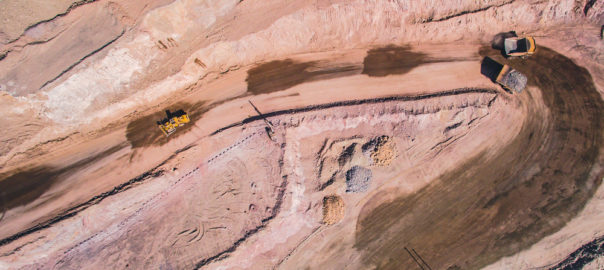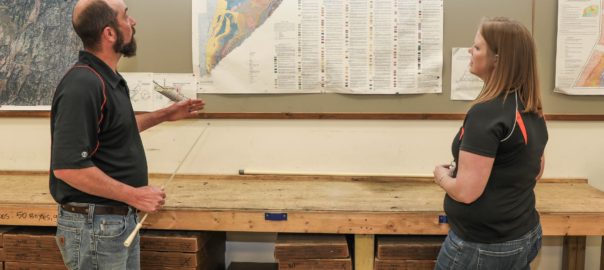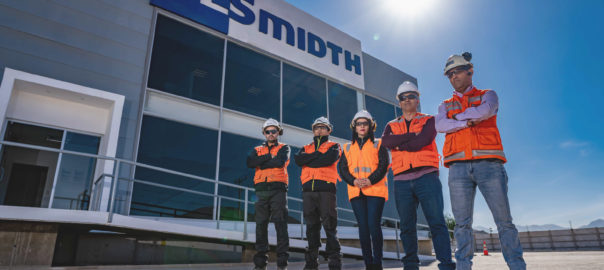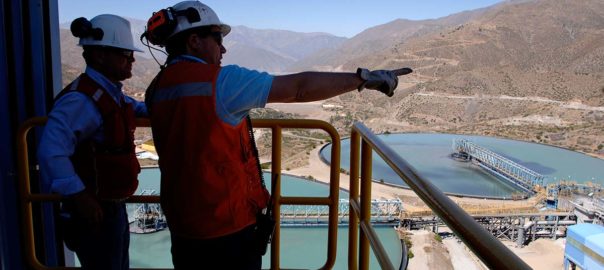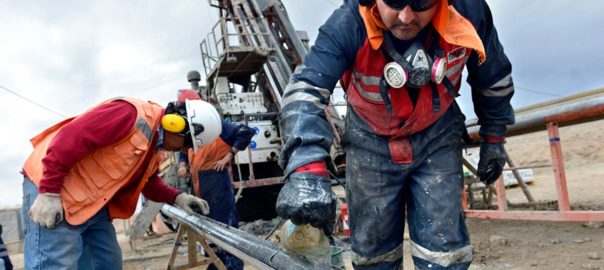Thiess has chosen the Wenco Mine Performance Suite to run its operations at Antofagasta’s Centinela copper mine in northern Chile.
Centinela sits 1,350 km north of Santiago in the Antofagasta Region of Chile. Antofagasta Minerals has contracted Thiess, the world’s largest mining contractor, to develop the Encuentro Oxides pit, which will contribute to the mine’s production of 50,000 t/y of copper cathode for a planned lifespan of 15 years.
To monitor and control this production, Thiess is leveraging the Wencomine fleet management system. The system will optimise productivity and efficiency across the pit’s 56 active units, including 12 high-precision loading units and five high-precision drill rigs, according to Wenco.
Wenco’s data solutions are designed to boost productivity, decrease operating costs, extend equipment life, and give mining companies actionable insights into their operations. Its Mine Performance Suite consists of systems for fleet management, high-precision machine guidance, predictive maintenance, collision avoidance, and mining business intelligence.
Unlike other solution providers, Wenco, a Hitachi Group Company since 2009, has designed its systems with an “open systems philosophy” that, it says, “empowers customers to freely integrate systems to support their unique business processes, data requirements, and reporting needs”.
Thiess chose Wenco for its reputation in delivering strong production functionality and a streamlined implementation process with minimal impact on day-to-day mine operations, it said.
Wenco said: “Expanding the business relationship with Thiess in South America is strategically important for Wenco as well. Contractor-operated sites are common throughout the region and they stand as a significant growth market for the company. Likewise, contractor partnerships form a key part of the open and interoperable ecosystem of partners pushed by Wenco and its parent company, Hitachi Construction Machinery.”
Wenco Regional Manager — Latin America, José Eugenio Saravia, said: “We’re very pleased to implement the Wenco Mine Performance Suite at the Encuentro Oxides development.
“Wenco has worked with Thiess at various mining developments around the world and our solutions are ideal for the productivity improvements and ease of deployment they require. We’re looking forward to a long and profitable business together.”
This sale is another boon to Wenco in the region, following recent sales to Chinchillas and Pucamarca mines and a new partnership with Brazil mining solutions provider Tecwise.
“Contractors like Thiess are a major growth area for Wenco and the industry as a whole. We’re seeing a great many more opportunities of this sort throughout Latin America,” Saravia says.
“As well, we’re seeing more and more customers excited to partner with a Hitachi-owned company like Wenco, who can deliver the reliability and support only available from a major OEM and global mining leader.”







